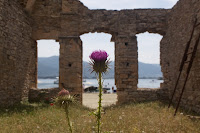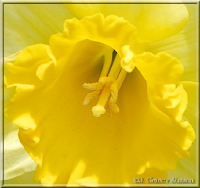Editing photos in adobe bridge
Open Adobe Bridge and upload your photos to this. Once this is done find one that you want to edit hold down ctrl and click open in camera raw.
This is what it should look like when this opens.
Then edit the photo using the tools and the right hand side, changing exposure, contrast, brightness etc.
You can edit then tone by either using the sliders (left photo) or adding as many or few points as you want and moving the points to add different tones (right photo).
Photo before adding vignetting.
Adding a dark vignetting
Adding a light vignetting.
I took the right down to -100 and put the mindpoint to +46.
Editing in photoshop
Open the image in photoshop and select the tool that looks like a plaster, this is called the healing tool.
Once this tool had been selected I held down alt and clicked on the sky next to the spot that I wanted to be removed. Then once the right colour had been selected I then placed this over the black stop and it removed it.
I then did the same but to get rid of the black mark at the bottom, this was a bit harder as I had to get part of the line on the road.
This is what the photo looks like without the black marks.
I then zoomed in and copied the amber on the traffic light and placed it where the red and green should be.
I then did the same but with the green colour.
This is what it looked like at the end of my editing.

















































